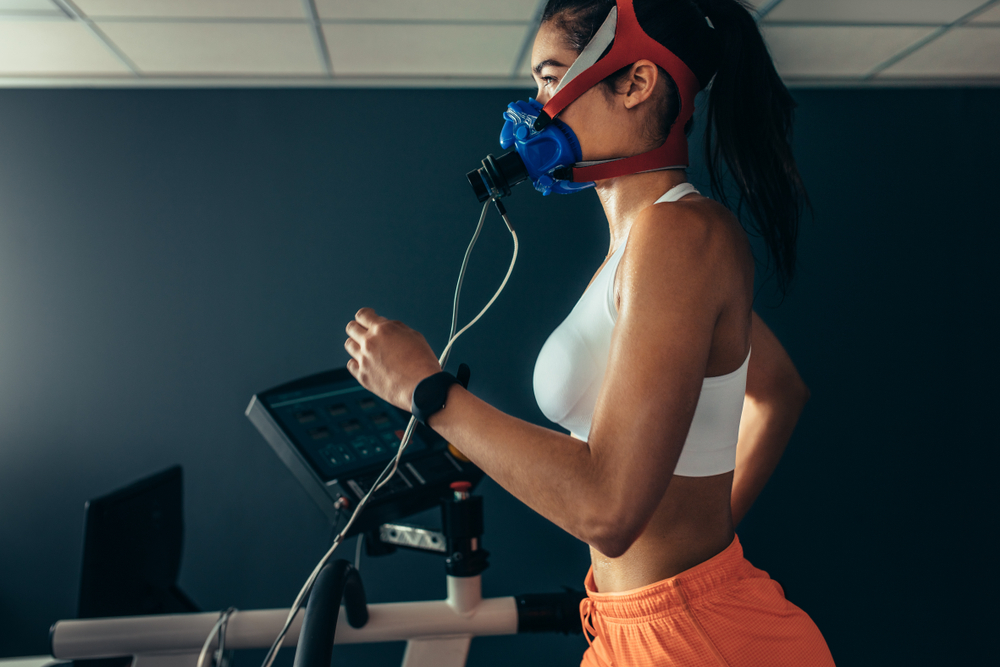Introduction
Whether you’re an elite athlete or a fitness enthusiast, VO2 max is a key indicator of your cardiovascular fitness and endurance potential. Once you’ve undergone VO2 max testing—whether in a lab, via a field test, or with wearable technology—it’s essential to understand what the results mean. VO2 max data provides more than just a single number; it gives valuable insights into how your body performs, how you compare to others, and what you need to improve. In this guide, we’ll break down how to interpret VO2 max test data and how to apply these insights to maximize your training and performance.
What Does VO2 Max Measure?
VO2 max refers to the maximum amount of oxygen your body can take in and utilize during intense exercise. It is expressed in milliliters of oxygen per kilogram of body weight per minute (mL/kg/min). In simpler terms, VO2 max measures how efficiently your heart, lungs, and muscles work together to sustain physical activity. Indicates better cardiovascular efficiency, allowing you to perform longer and at higher intensities.Suggests a lower ability to transport and use oxygen, which may limit endurance and overall fitness.
How to Read Your VO2 Max Results
Once you’ve completed your VO2 max test, you’ll receive a score that represents your maximal oxygen uptake. This score can vary based on several factors, including your age, gender, fitness level, and the testing method used. Here’s how to interpret your results:VO2 max scores vary widely among individuals, and factors like age and gender significantly influence the results. Here’s a general guide to VO2 max classifications for adult These ranges can vary depending on the source, but they give a good indication of where you stand. Elite endurance athletes typically have VO2 max values above 70 mL/kg/min, while average recreational athletes fall within the 40–50 mL/kg/min range.
Age-Adjusted VO2 Max
VO2 max naturally declines with age, starting around the mid-20s. A person’s VO2 max typically decreases by about 1% per year, so a 50-year-old with a score of 40 mL/kg/min may be just as fit as a 25-year-old with a VO2 max of 50. This is important to consider when evaluating your results.Your VO2 max score is usually reported as a relative measure (mL/kg/min), which takes into account your body weight. However, there’s also an absolute measure of VO2 max, expressed in liters per minute (L/min), which reflects the total volume of oxygen consumed without factoring in body weight. While relative VO2 max is more commonly used for comparing athletes, absolute VO2 max is important for understanding overall oxygen consumption, especially for those with significant differences in body mass.
Comparing Results Over Time
The true value of VO2 max testing comes from tracking your results over time. A consistent upward trend in your VO2 max score indicates that your cardiovascular fitness is improving. Small variations from test to test are normal, but if you notice significant declines, it may be a sign that your training routine isn’t effective or that you need more recovery time.Understanding your VO2 max is only the first step. Applying the insights from your test results to your training plan is what truly unlocks your potential. Here’s how:Your initial VO2 max test serves as a baseline for your aerobic capacity. By retesting every few months, you can track how your cardiovascular fitness is progressing and adjust your training as needed.
Optimize Training Intensity
Knowing your VO2 max helps you structure your training based on specific heart rate zones. For example, training at 60–70% of your VO2 max focuses on building aerobic endurance, while training at 80–90% of your VO2 max targets high-intensity performance improvements. VO2 max testing can help you identify your target zones, ensuring you’re training at the right intensities.A low or stagnating VO2 max score can reveal underlying issues in your training program. It could mean that you’re not spending enough time on aerobic conditioning, or it may highlight the need for more high-intensity interval training (HIIT) to stimulate VO2 max improvements.
Set Realistic Performance Goals
VO2 max is one of the most reliable indicators of endurance performance, making it a useful tool for setting race goals. Athletes with higher VO2 max scores can maintain faster paces for longer periods, helping them achieve better times in long-distance events like marathons or triathlons.Several factors can influence your VO2 max, so it’s important to understand that your score isn’t fixed. These factors include
Conclusion
VO2 max testing provides valuable insights into your cardiovascular fitness, giving you a clear picture of your endurance potential. By understanding how to interpret your VO2 max results and applying them to your training, you can optimize your workouts, track your progress, and achieve your fitness goals. Whether you’re looking to enhance performance, stay in shape, or push your limits, VO2 max is a key metric that can help you on your journey.









